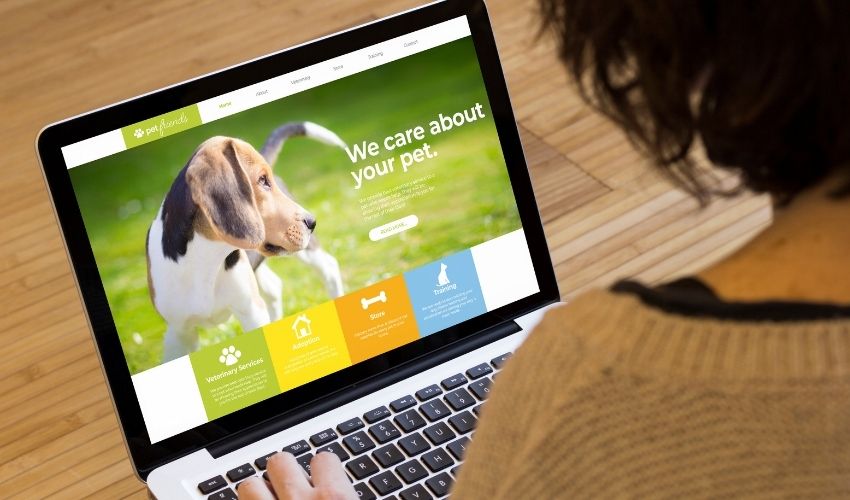Animal rescue work is emotionally rewarding, but it also comes at a cost. Behind every wagging tail and successful adoption is a team of caregivers carrying emotional burdens that can quietly accumulate over time. This emotional toll, known as compassion fatigue, is common in the animal welfare world and can have serious consequences for individuals and organizations alike.
So, how can shelters and rescues recognize it—and more importantly, how can they support their teams?
What Is Compassion Fatigue?
Compassion fatigue is a form of secondary traumatic stress. It occurs when caregivers absorb the trauma, suffering, or distress of those they help—in this case, animals in need. In shelters, it often stems from repeated exposure to abuse cases, neglect, overpopulation, euthanasia, and the heartbreak of animals not finding homes.
Unlike burnout, which stems from overwork and exhaustion, compassion fatigue is rooted in the emotional strain of caregiving. And in the animal welfare field, it can sneak up on even the most passionate team members.
Warning Signs to Watch For
Recognizing the early signs of compassion fatigue is the first step to addressing it. These can include:
-
Emotional exhaustion and numbness
-
A sense of hopelessness or helplessness
-
Irritability or anger
-
Trouble sleeping or frequent fatigue
-
Withdrawing from coworkers or animals
-
Decreased job satisfaction
-
Feeling overwhelmed or constantly anxious
If your staff or volunteers are showing these signs, it’s time to take action.

How Shelters and Organizations Can Help
1. Normalize the Conversation
Start by acknowledging that compassion fatigue is real and that it’s okay to talk about it. Create a safe space where staff and volunteers can share what they’re experiencing without fear of judgment or stigma.
2. Offer Mental Health Resources
Provide access to mental health professionals, support groups, or stress-reduction workshops. Partnering with local counselors or offering virtual wellness sessions can make a big difference.
3. Encourage Breaks and Downtime
Compassion fatigue thrives in high-stress environments. Make sure team members take regular breaks, use their time off, and have opportunities to unplug—even during busy seasons.
4. Implement Peer Support Programs
Sometimes, the best support comes from within. Peer mentorship and buddy systems allow team members to look out for one another and share healthy coping strategies.
5. Train Leaders to Spot the Signs
Supervisors and team leads should be trained to identify and respond to compassion fatigue early. Empower them with the tools to approach conversations with empathy and provide real solutions.
6. Celebrate Wins—Big and Small
Don’t let the hard moments overshadow the good ones. Regularly highlight success stories, honor milestones, and celebrate the impact your team is making every single day.

Creating a Culture of Compassion—for Humans, Too
Animal welfare starts with people. Supporting your staff and volunteers through compassion fatigue isn’t just good for morale—it’s essential for the longevity and success of your mission. When your team feels seen, supported, and emotionally healthy, they’re better equipped to care for the animals who depend on them.
You Don’t Have to Do It Alone
At Doobert, we’re here to help organizations like yours do more, while supporting the people who make it all possible. From tools to streamline workflows to community support and education, we’re building a network where no team feels isolated in their work.
Visit Doobert to explore how we can help your organization thrive. Compassion shouldn’t come at the cost of your team’s well-being.











